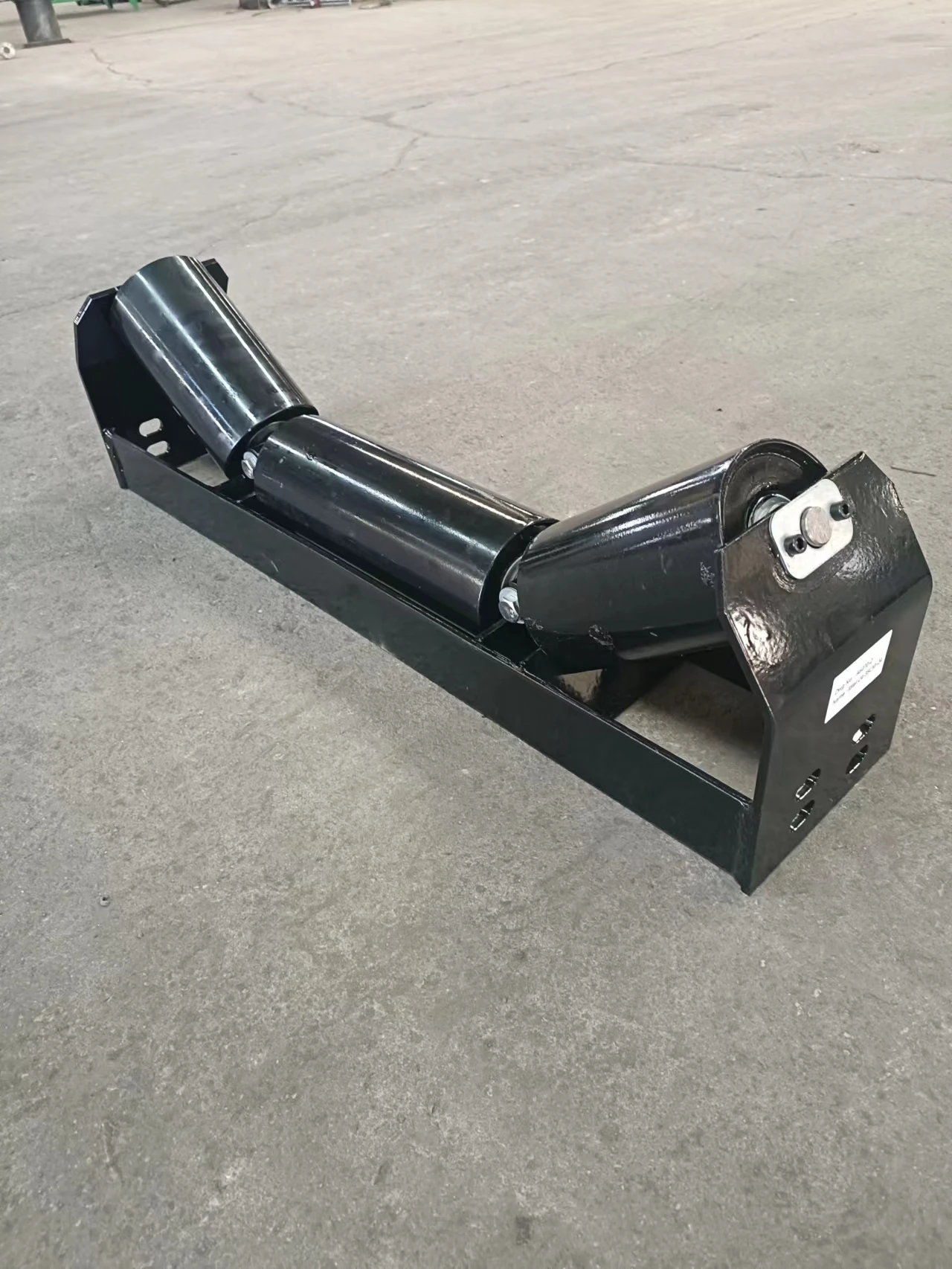 Afrikaans
Afrikaans  Albanian
Albanian  Amharic
Amharic  Arabic
Arabic  Armenian
Armenian  Azerbaijani
Azerbaijani  Basque
Basque  Belarusian
Belarusian  Bengali
Bengali  Bosnian
Bosnian  Bulgarian
Bulgarian  Catalan
Catalan  Cebuano
Cebuano  Corsican
Corsican  Croatian
Croatian  Czech
Czech  Danish
Danish  Dutch
Dutch  English
English  Esperanto
Esperanto  Estonian
Estonian  Finnish
Finnish  French
French  Frisian
Frisian  Galician
Galician  Georgian
Georgian  German
German  Greek
Greek  Gujarati
Gujarati  Haitian Creole
Haitian Creole  hausa
hausa  hawaiian
hawaiian  Hebrew
Hebrew  Hindi
Hindi  Miao
Miao  Hungarian
Hungarian  Icelandic
Icelandic  igbo
igbo  Indonesian
Indonesian  irish
irish  Italian
Italian  Japanese
Japanese  Javanese
Javanese  Kannada
Kannada  kazakh
kazakh  Khmer
Khmer  Rwandese
Rwandese  Korean
Korean  Kurdish
Kurdish  Kyrgyz
Kyrgyz  Lao
Lao  Latin
Latin  Latvian
Latvian  Lithuanian
Lithuanian  Luxembourgish
Luxembourgish  Macedonian
Macedonian  Malgashi
Malgashi  Malay
Malay  Malayalam
Malayalam  Maltese
Maltese  Maori
Maori  Marathi
Marathi  Mongolian
Mongolian  Myanmar
Myanmar  Nepali
Nepali  Norwegian
Norwegian  Norwegian
Norwegian  Occitan
Occitan  Pashto
Pashto  Persian
Persian  Polish
Polish  Portuguese
Portuguese  Punjabi
Punjabi  Romanian
Romanian  Russian
Russian  Samoan
Samoan  Scottish Gaelic
Scottish Gaelic  Serbian
Serbian  Sesotho
Sesotho  Shona
Shona  Sindhi
Sindhi  Sinhala
Sinhala  Slovak
Slovak  Slovenian
Slovenian  Somali
Somali  Spanish
Spanish  Sundanese
Sundanese  Swahili
Swahili  Swedish
Swedish  Tagalog
Tagalog  Tajik
Tajik  Tamil
Tamil  Tatar
Tatar  Telugu
Telugu  Thai
Thai  Turkish
Turkish  Turkmen
Turkmen  Ukrainian
Ukrainian  Urdu
Urdu  Uighur
Uighur  Uzbek
Uzbek  Vietnamese
Vietnamese  Welsh
Welsh  Bantu
Bantu  Yiddish
Yiddish  Yoruba
Yoruba  Zulu
Zulu main parts of belt conveyor
The Main Parts of a Belt Conveyor
Belt conveyors are an essential component in various industries, offering an efficient means of transporting materials. Understanding the main parts of a belt conveyor is crucial for anyone involved in maintenance, operation, or installation. In this article, we will explore the key components that make up a belt conveyor system.
1. Conveyor Belt
The conveyor belt is, of course, the most prominent part of the system. Typically made from rubber, fabric, or a combination of other materials, the belt is designed to transport goods from one point to another. The choice of material depends on the type of material being conveyed, the environmental conditions, and the required durability. For instance, belts used in heavy-duty applications might have a higher thickness and stronger fabric layers.
2. Pulleys
Pulleys are critical components that help in the smooth operation of a belt conveyor. There are two main types of pulleys drive pulleys and idler pulleys. The drive pulley is powered by a motor and facilitates the movement of the belt. It is usually located at the discharge end of the conveyor. On the other hand, idler pulleys are used to support the belt and maintain its tension. They are strategically placed along the length of the conveyor system to optimize performance and minimize sagging.
The motor is the heart of the conveyor system, supplying the necessary power to move the belt. Depending on the application, various types of motors can be used, including electric drives and hydraulic systems. The motor is typically connected to the drive pulley through a series of gears or a belt drive system, which allows for controlled speed and torque adjustments, thus enabling the system to handle different load capacities comfortably.
4. Frame
main parts of belt conveyor

The frame or structure of a belt conveyor supports the entire assembly. Made from durable materials like steel or aluminum, it must be sturdy enough to withstand the loads transported and the stresses of operation. The frame design can vary greatly, from simple and lightweight to complex configurations that accommodate various angles and heights for specific applications.
5. Support Rollers
Support rollers play a vital role in reducing friction between the conveyor belt and the frame. These rollers are placed beneath the belt and provide additional support, ensuring that the belt maintains correct tension and alignment as it moves. Proper alignment helps to prevent excessive wear or damage, ultimately extending the lifespan of the belt.
6. Tension Adjustments
Tension is crucial in maintaining the performance of a belt conveyor. If the belt is too loose, it may slip off the pulleys; if too tight, it can cause excessive wear and tear. Manufacturers install tensioning systems, which can be manual or automatic, to ensure the belt remains at the optimal tension for effective operation.
7. Safety Devices
Safety is a paramount concern in any operational setting. Therefore, modern belt conveyors are equipped with several safety devices, including emergency stop buttons, belt misalignment switches, and safety guards. These devices ensure that the system can be quickly stopped in case of an emergency, thereby protecting both personnel and equipment.
Conclusion
Understanding the main parts of a belt conveyor is essential for efficient operation and maintenance. Each component plays a unique role in ensuring the conveyor functions optimally, allowing for the seamless transport of materials across various industrial applications. By maintaining these parts and understanding their functions, organizations can enhance productivity and minimize downtime in their operations.
-
Trusted Conveyor Solutions from Leading Conveyor Idler Roller ManufacturersNewsJun.27,2025
-
Reliable Return Idler Solutions for Efficient Belt Conveyor SystemsNewsJun.27,2025
-
Precision Conveyor Accessories for Streamlined Material HandlingNewsJun.27,2025
-
High-Quality Belt Conveyor Idler Solutions for Efficient Material HandlingNewsJun.27,2025
-
High-Performance Belt Conveyor Pulleys for Reliable Material HandlingNewsJun.27,2025
-
Enhancing Material Handling EfficiencyNewsJun.27,2025





























